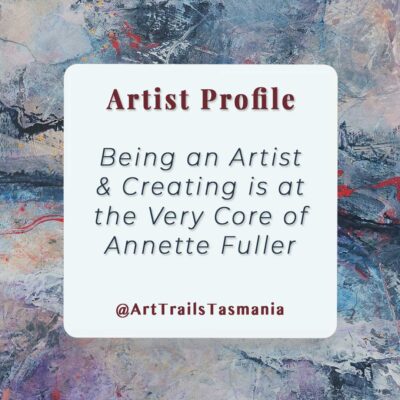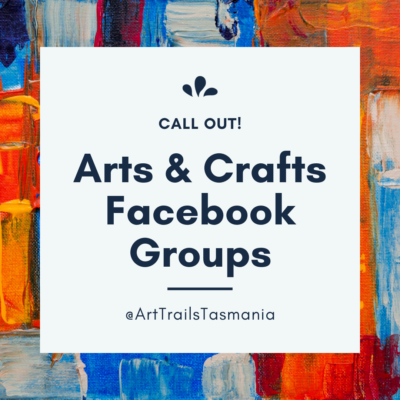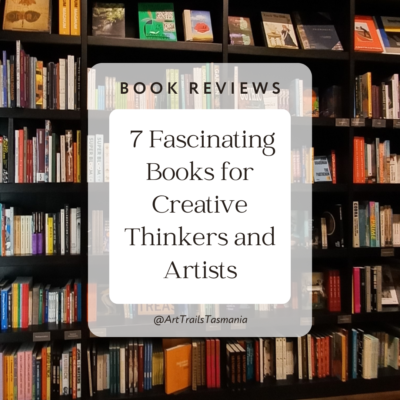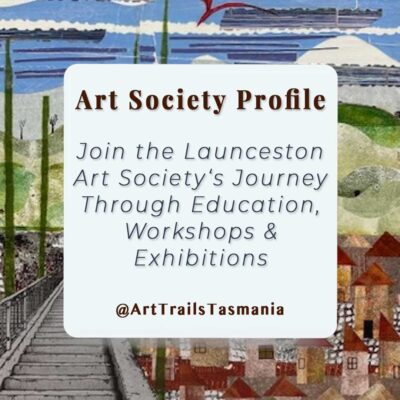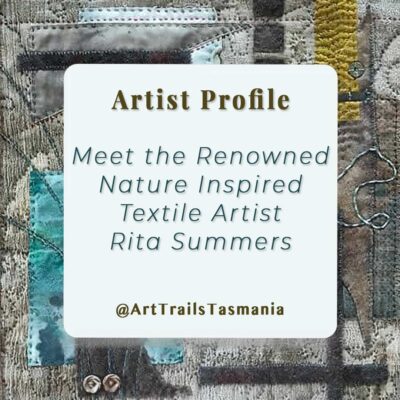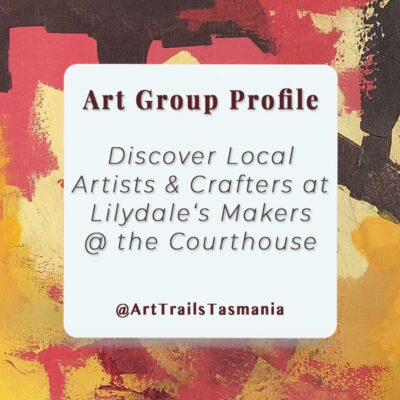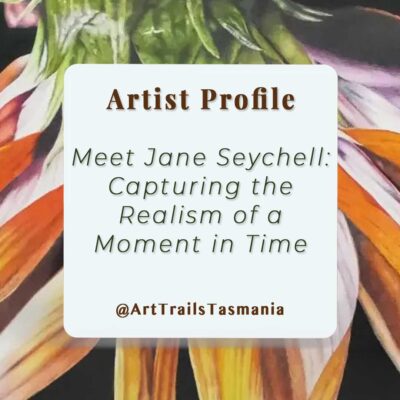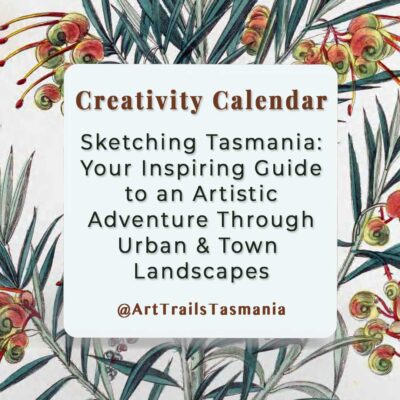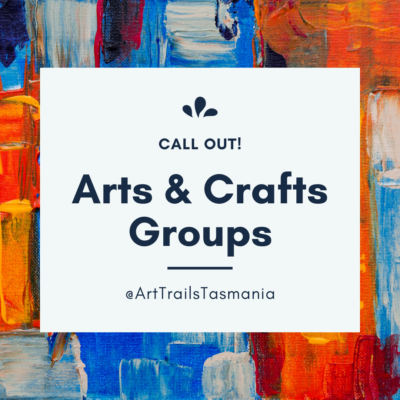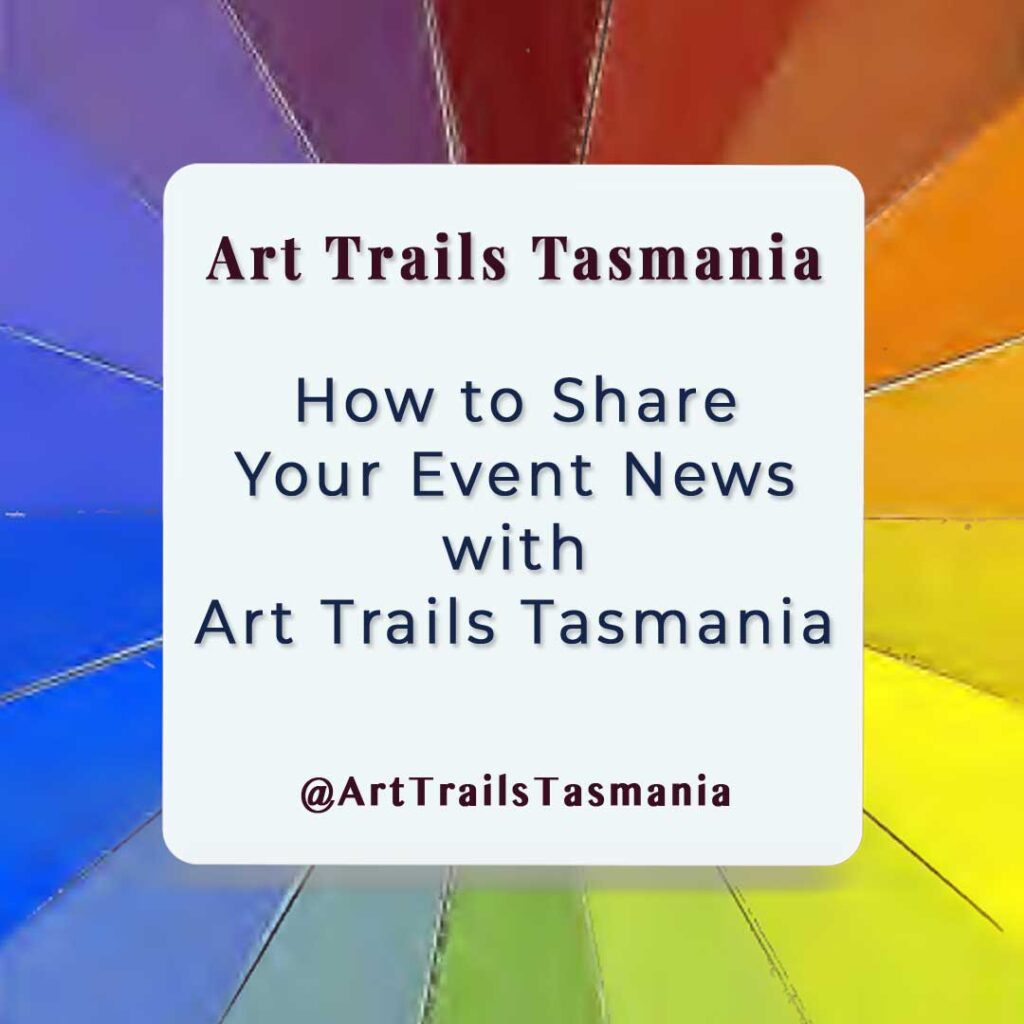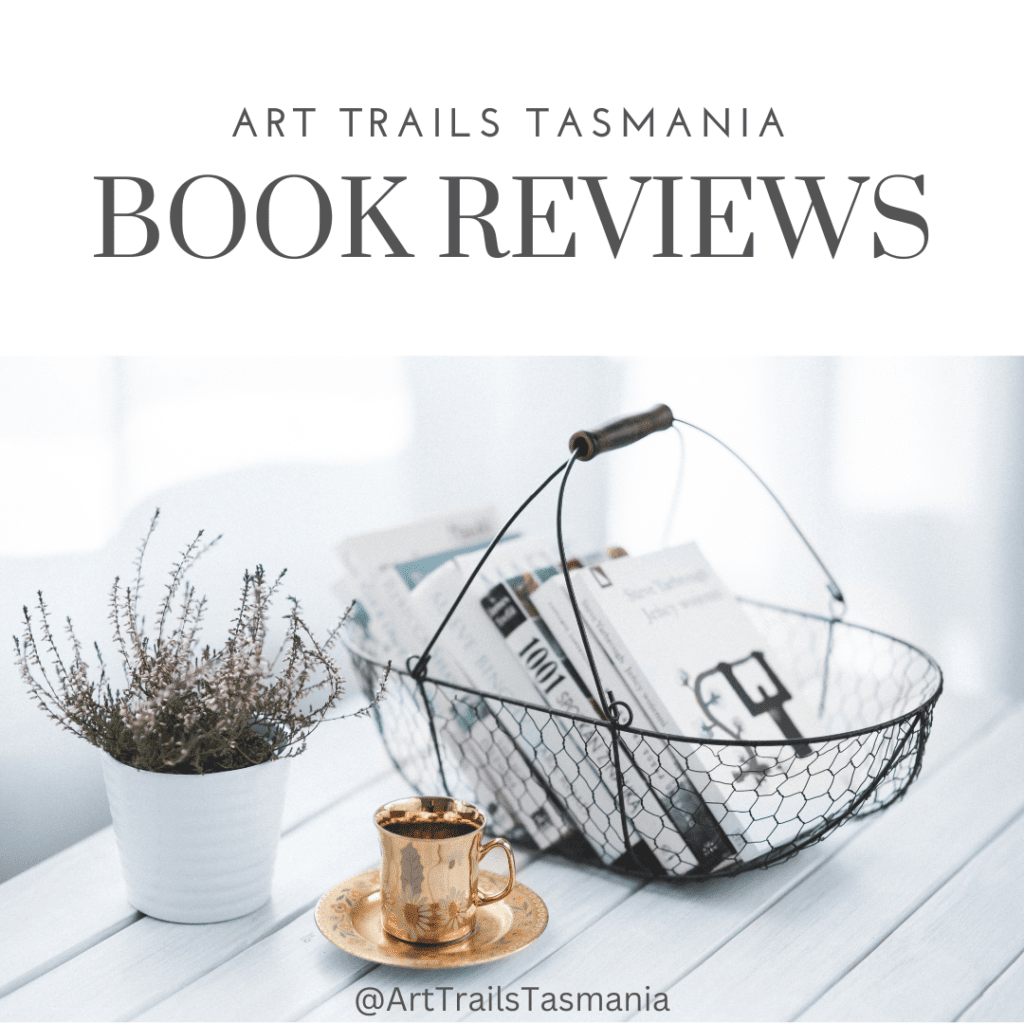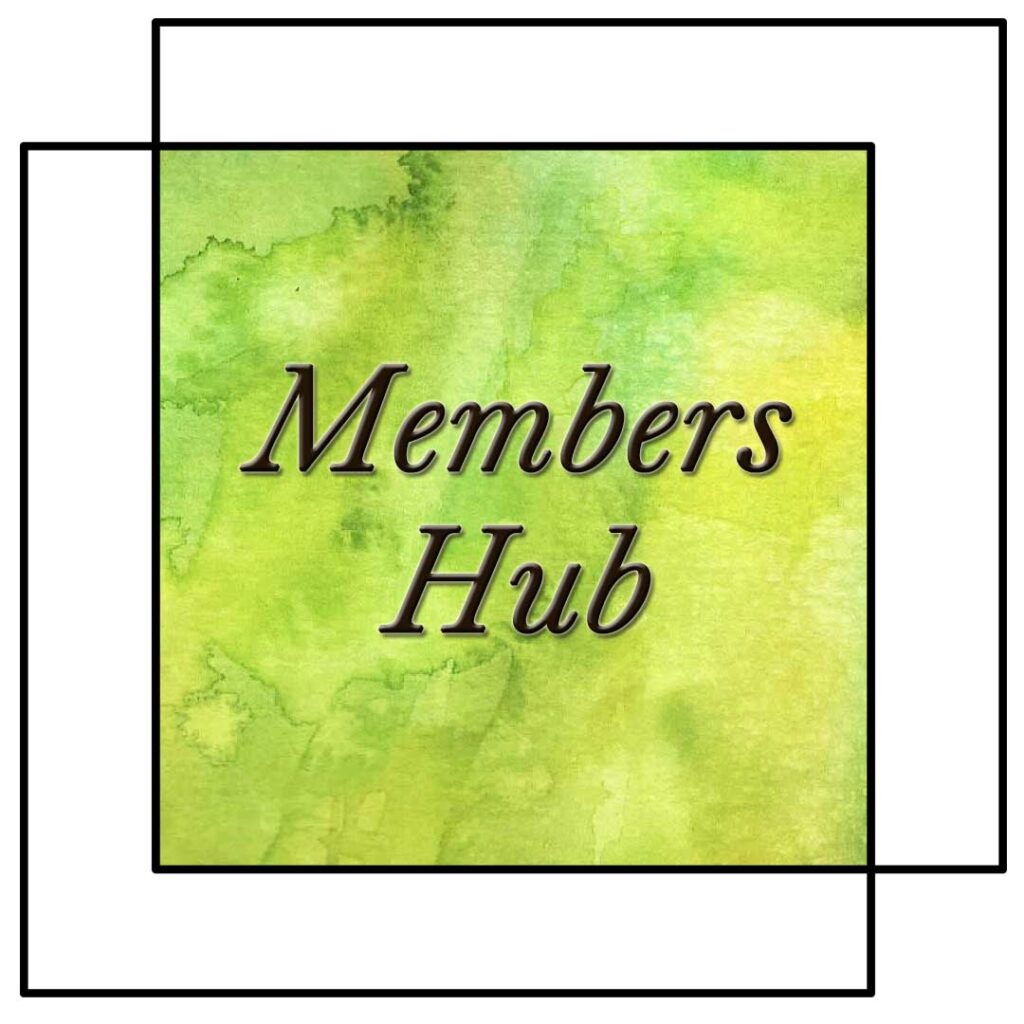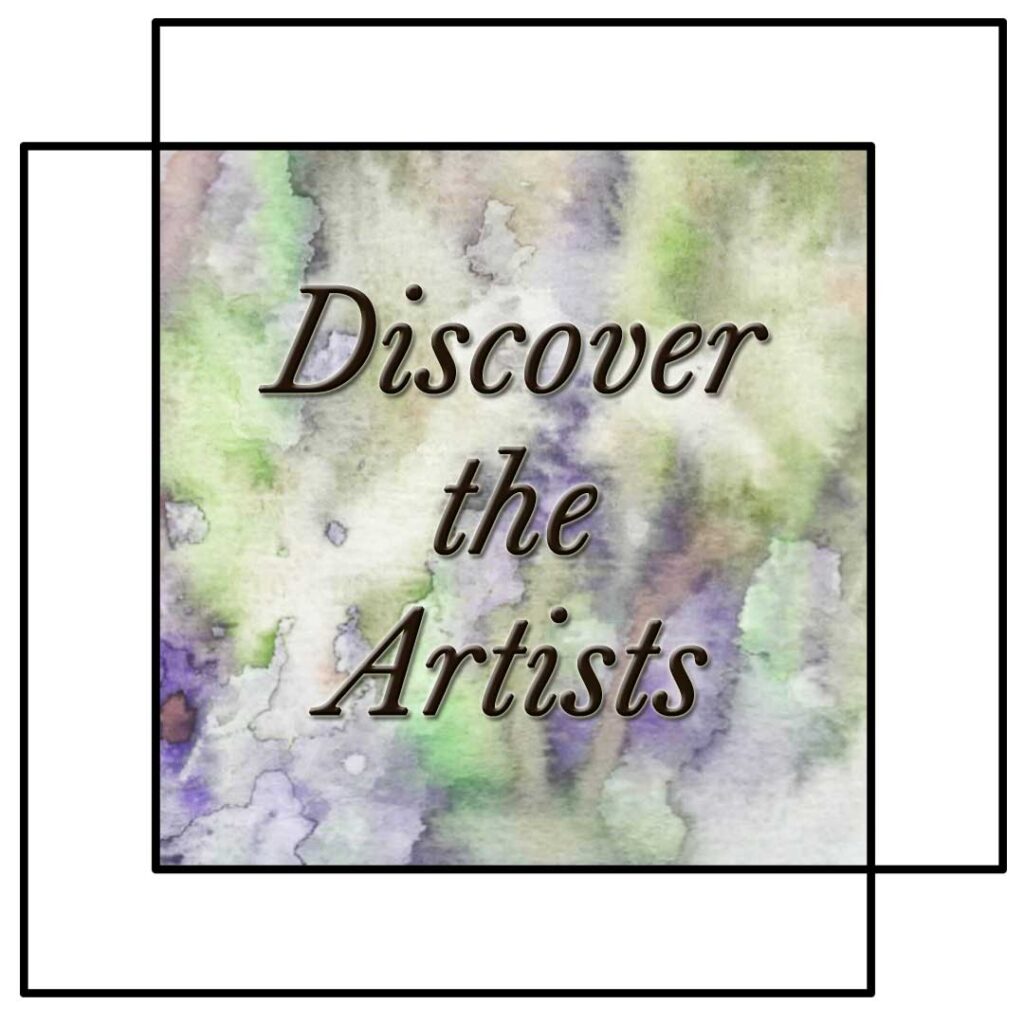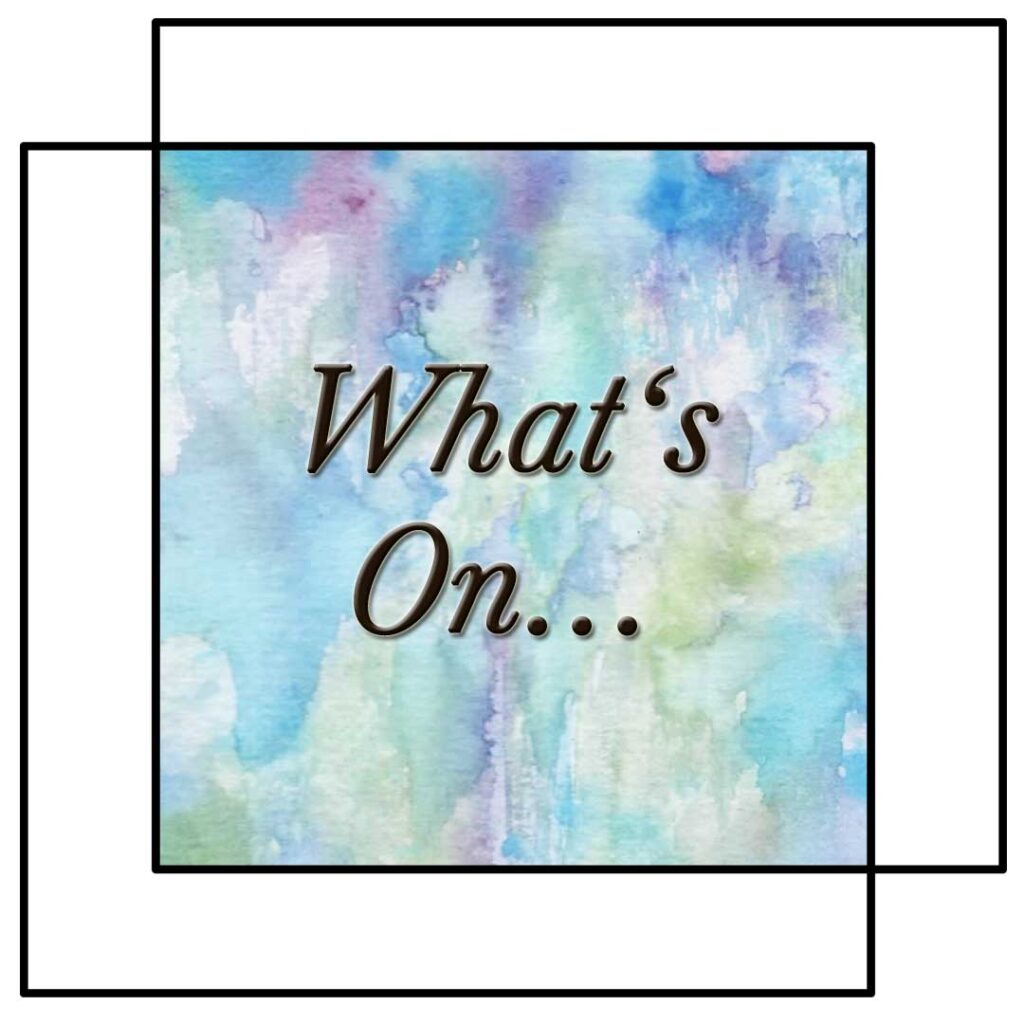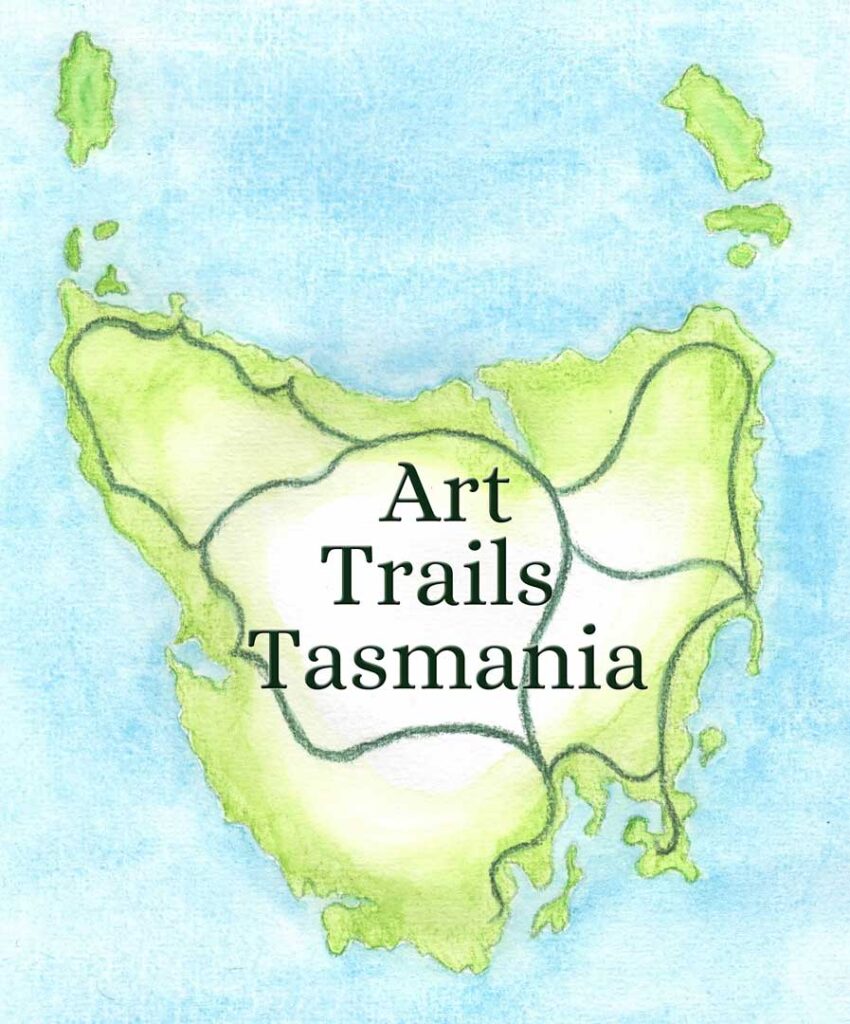Finding Joy in Restful Creativity
Creativity does not thrive on constant motion; it flourishes when given space to breathe. Rest is not absence, but a quiet resource that renews energy, focus, and imagination.
Where Part 1 explored how boredom, sleep, and daydreaming nurture the creative mind, this companion piece offers twelve practical rituals that turn rest into fertile ground for artistic growth.
These practices are intended to be lived slowly, integrated gently, and tailored to Tasmania’s landscapes — from the damp hush of rainforests to the bright clarity of coastal light.
Each ritual offers a way to pause with purpose: moments where the senses, body, and imagination find harmony. They encourage playfulness, creative mindfulness, and the joy of making without expectation.
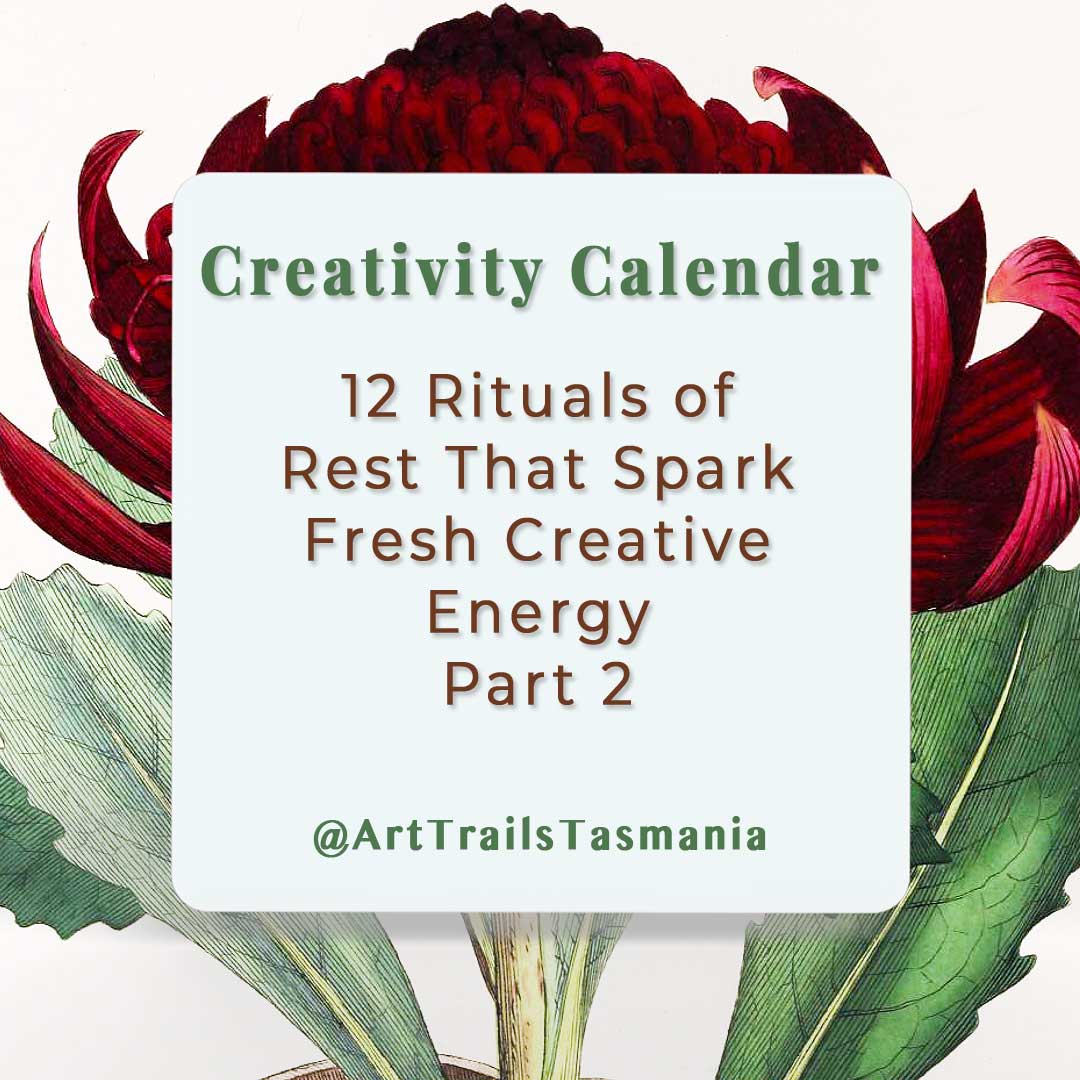
12 Practical Rituals to Explore Your Creativity
Here are 12 creative rituals for you to make your own:
1. Nature Journalling on Slow Walks
A slow walk becomes a moving meditation when combined with a sketchbook. Wander without hurry through a favourite patch of bush, a beach track, or a local garden.
Instead of counting steps or distance, attend to rhythm — the crunch of gravel, the rustle of leaves, the scent of blue gums.
Pause often to observe closely: a feather caught in grass, the spiral of a shell, a shadow pattern on bark.
Open the sketchbook and record what draws attention.
It might be a quick contour sketch, a splash of colour, or a few words describing texture or movement.
Allow imperfect marks; let curiosity lead. Nature journalling turns the outer landscape into a mirror for the inner one.
Over time, the pages fill with reminders of small wonders — a personal archive of sensory moments that quietly feed the creative spirit.
2. Blind Contour Sketching
Choose a small object — a seed pod, pebble, or flower — and place it before you.
Fix your eyes on the subject and, without looking at the page, let your pencil trace its outline in a single continuous motion.
Resist the urge to peek or correct. What emerges may look awkward, even comical, but that’s the beauty of the exercise.
Blind contour drawing teaches surrender and attentiveness. It shifts focus from results to the pure act of seeing.
This ritual dissolves stiffness in the creative hand and reminds artists that observation, not precision, is the heart of expression.
Repeating it regularly develops trust in the line itself — each curve and wobble becomes evidence of genuine looking.
Over time, this small act of discipline restores the beginner’s joy, where discovery outweighs outcome.
3. Five-Minute Creative Experiments
Creativity often thrives within small, well-defined limits. Set a timer for five minutes and give yourself a prompt such as “lines only”, “contrast”, or “movement”.
Choose any medium — pencil, collage scraps, ink, or watercolour — and start. The time pressure silences the inner critic and invites spontaneity. When the timer sounds, stop.
This ritual is a playground for the imagination.
Because the commitment is brief, experimentation feels safe; mistakes lose their weight.
Regular five-minute sessions keep creative muscles supple between larger projects.
Over weeks, these quick studies accumulate into an archive of textures, colours, and compositions that may later spark bigger ideas.
Above all, this simple ritual celebrates play — a reminder that joy and curiosity are the natural states of a healthy creative practice.
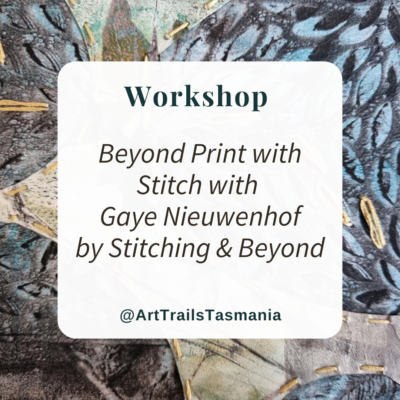
Beyond Print with Stitch Workshop with Gaye Nieuwenhof
It is time to explore and push creative limits with this Stitching and Beyond workshop: Beyond Print with Stitch with Gaye Nieuwenhof!
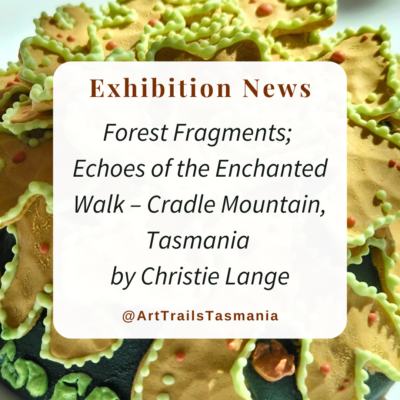
Explore the Christie Lange Exhibition: Forest Fragments
Discover the inspiring Christie Lange exhibition, Forest Fragments; Echoes of the Enchanted Walk – Cradle Mountain, Tasmania, & be amazed by insightful creations.
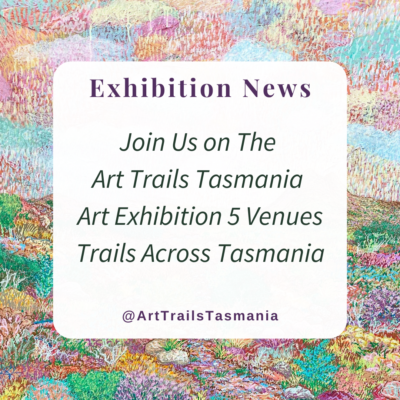
Be Part of the Art Trails Tasmania Art Exhibition
Come on an art adventure across Tasmania as you explore the Art Trails Tasmania Art Exhibition from the mountains to the sea in our five exhibiting venues!
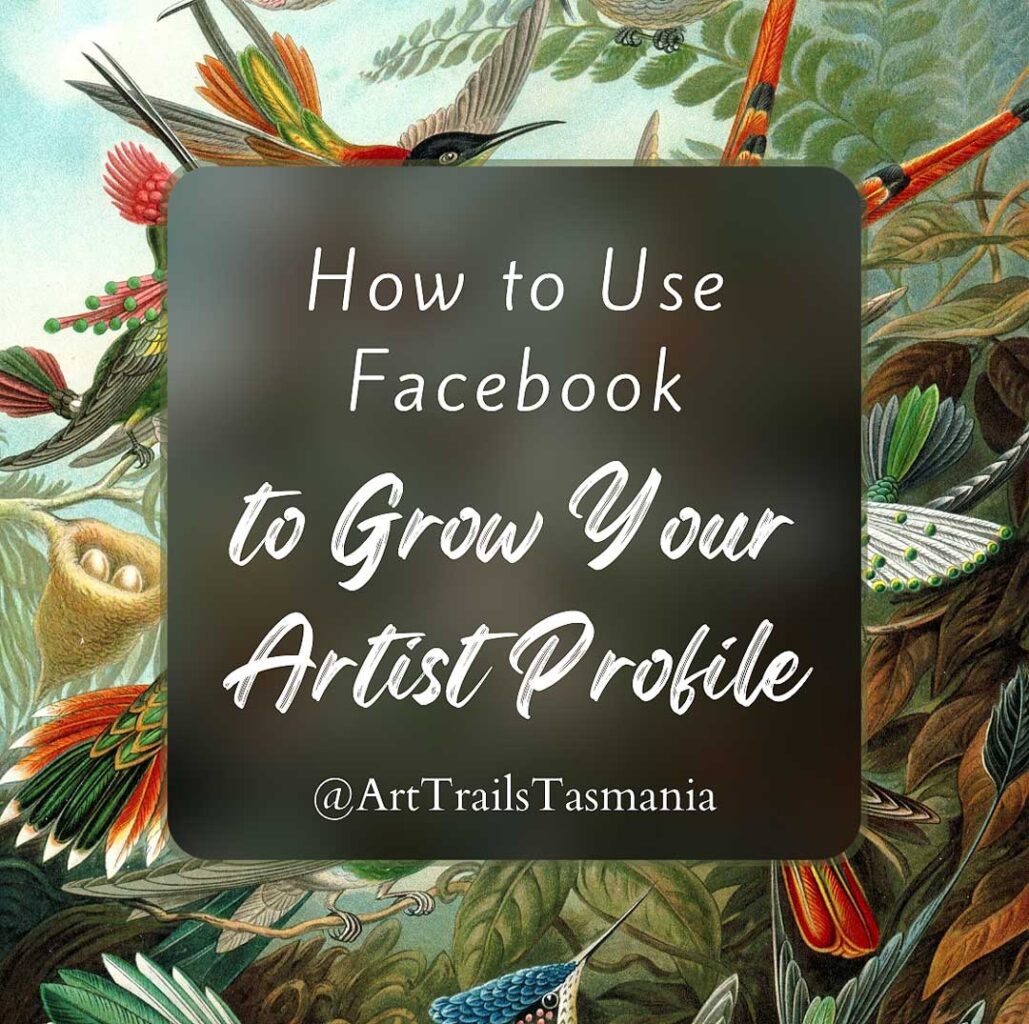
How to Use Facebook to Grow Your Artist Profile
Use these Facebook tips to tweak your Artist Profile page to grow your following and connect with your audience by Art Trails Tasmania and flourish
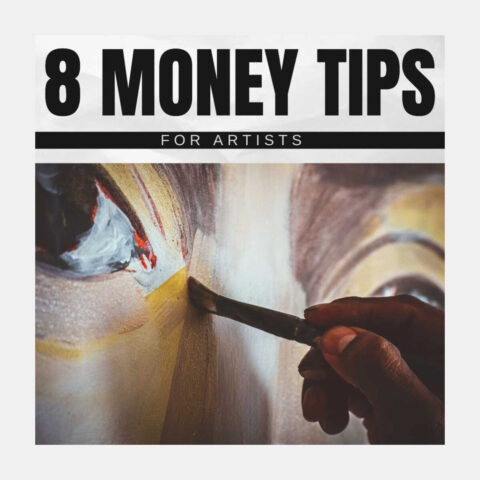
8 Money Tips for Artists
Here are 8 money tips for artists to create financial security and freedom, plus a useful PDF tool and do more things that give you joy by Art Trails Tasmania
4. Creative Mindfulness: Listening with the Eyes
Find a still spot — perhaps a veranda, riverside, or shady tree.
Sit quietly and soften your gaze toward one area of the landscape. Rather than labelling what is seen, let the eyes rest as if listening.
Notice how light alters colours, how wind stirs patterns, how edges blur when attention relaxes.
This form of creative mindfulness teaches presence through looking. It anchors awareness in sensory experience rather than analysis.
Over time, such gentle attention seeps into drawing, writing, or crafting; perception becomes more nuanced, responses more intuitive.
Practised regularly, creative mindfulness it quietens mental chatter and restores focus. The world becomes richer, and in that richness, creativity reawakens — not forced, but invited.
5. Dream-Seed Journalling
Dreams are natural collaborations between imagination and rest. Keeping a notebook beside the bed allows fleeting images to be caught before they fade.
Upon waking, jot down fragments — colours, words, feelings, odd scenes. Resist editing or interpretation.
Over days and weeks, these scattered notes accumulate into a dream-seed journal: a collection of symbols that can later find form in sketches, stories, or designs.
Revisiting them offers surprising insights; recurring themes might whisper about new creative directions.
Even the act of recording deepens connection with intuition.
Dream-seed journalling reminds artists that rest continues to work quietly on their behalf, weaving unseen patterns that later blossom into tangible ideas.
6. The “No-Goal” Making Session
Allocate a stretch of uninterrupted time — perhaps an hour — to create without purpose.
Choose materials that feel inviting and begin without a plan. Follow impulse: make marks, tear paper, arrange objects, apply colour freely. The aim is to experience the process rather than produce an outcome.
In a world obsessed with results, the “no-goal” session feels liberating.
It dismantles pressure and rekindles curiosity. The mind rests because there’s nothing to achieve, and in that space, genuine exploration emerges.
Many artists rediscover playfulness through this approach — the kind that first sparked their love of making.
Some sessions yield accidental beauty; others end in mess. Both are equally valuable, for each session restores confidence in instinct and the joy of creation itself.
And it can be a surprisingly practical path towards revealing your own creative voice.
7. Micro-Rests in the Studio
Sustained focus can quietly drain energy, even when enthusiasm is high.
Introducing micro-rests within studio time preserves vitality.
Every 30–45 minutes, set tools down, close the eyes briefly, and take three deep breaths.
Look out a window, stretch hands, or step outside for a moment of sunlight.
These pauses recalibrate attention and prevent burnout.
They remind the body and mind that creativity benefits from rhythm — exertion balanced with ease.
Artists who incorporate micro-rests often notice more sustained flow and fewer mistakes.
Over time, the practice builds resilience; creativity becomes less a sprint, more a steady dance between action and recovery.
8. Seasonal Foraging and Material Play
Tasmania’s shifting seasons offer abundant materials for creative rest.
After rain, the ground gleams with leaves, twigs, and stones; in winter, the coast reveals shells and driftwood. Foraging is best done slowly and respectfully — take only what has already fallen.
Lay collected items on a workbench or windowsill. Let them remain there for days, perhaps weeks, without immediate use.
Observe how shapes and colours change as they dry or fade. Later, they might become printing plates, inspiration for textures, or the starting point for a sketch.
The act of gathering connects body and place, and the waiting period teaches patience. Creativity here grows from rhythm — a cycle of collecting, contemplating, and making.
9. Mapping the Creative Voice
A simple sketchbook exercise can clarify personal direction. Begin by choosing a word or emotion that resonates — “stillness”, “wild”, “renewal”.
Write it in the centre of a page. From that point, branch out with lines, shapes, or colours that echo the word. Add fragments of phrases, doodles, or associations that surface.
Over time, these maps form a visual diary of inner language. They reveal patterns — certain colours or symbols that repeat — offering clues about evolving themes.
This ritual encourages reflection without overthinking. It provides a restful way to engage creatively while stepping back from output.
Mapping the creative voice grounds practice in authenticity, showing that rest and reflection are integral to self-expression.
10. Visual Haiku Breaks
Keep a small poetry book or local art catalogue near the workspace. When energy dips, stop working and open it at random.
Read one short poem or study one artwork slowly, letting words or images sink in. Then, on a blank page, respond with three marks, three words, or a tiny sketch — your own “visual haiku”.
This ritual acts as a reset button for the mind.
The brevity of haiku encourages clarity, while the visual response reconnects feeling and form.
Practised regularly, it cultivates the ability to find depth in simplicity. It also bridges disciplines, allowing writing, art, and mindfulness to blend.
A single haiku break can shift mood, release tension, and restore creative rhythm within minutes.
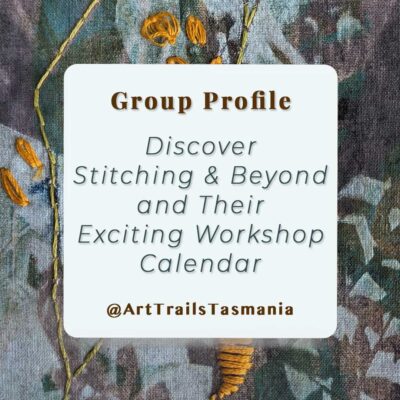
Discover Stitching and Beyond and Their Exciting Workshop Calendar
Discover the vibrant Tasmanian textile artist community of Stitching and Beyond and their exciting calendar of workshops in their Art Trails Tasmania Group Profile story.
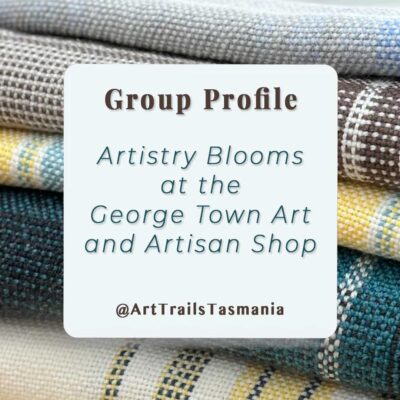
Artistry Blooms at the George Town Art and Artisan Shop
Come discover the George Town Art and Artisan Shop in one of Tasmania’s most scenic regions with a thriving and welcoming arts and crafts community.
11. Seasonal Reflection and Sketch Exchange
At the end of each season, take an hour to revisit recent work — journal pages, sketches, photographs, or experiments.
Spread them out and look without judgement. Which ones still feel alive? Which carry quiet promise? Note these in a few lines on the back of the page or in a notebook.
If possible, exchange a few pieces with another maker — through the post, at a local market, or over tea.
Seeing one’s work through someone else’s eyes offers fresh insight. Reflection brings closure; sharing reawakens connection.
This gentle ritual of review and exchange ensures creative growth remains communal and cyclical, much like the seasons themselves.
12. Light Sketching at Dawn or Dusk
Dawn and dusk hold a softness that encourages contemplation.
Settle outdoors with a sketchbook or camera as the light shifts. Work quickly, responding to changing colours and forms. Allow imperfection; let the fading or emerging light decide when to stop.
These sessions nurture patience and humility. The transient light demands attentiveness but forbids overworking.
It invites surrender — a trust in fleeting beauty.
Repeated through the year, the practice documents the landscape’s moods and deepens connection with place.
For many, it becomes a daily meditation: a pause between sleep and activity, rest and creation, where the boundary between both gently dissolves.
This practice can be a lovely pathway to healing with creativity.
Rest as a Companion to Making
These twelve rituals transform rest into a creative ally. They work best when practiced lightly — woven into ordinary routines rather than scheduled as obligations.
Each one offers a different way to pause: through attention, touch, reflection, or play. Which ones are resonating with you? Are there variations on them that appeal?
For artists and makers, these practices align naturally with local landscapes and rhythms — sea air, shifting skies, and bush textures.
Rest becomes not a withdrawal but a listening, a moment where the mind slows enough to let imagination breathe.
When creativity is nourished by rest — by nature journalling, sketching, mindful seeing, and joyful experimentation — energy returns in fresh and surprising ways.
The voice of making grows clearer, the process becomes kinder, and the work itself begins to hum with renewed life.
No Results Found
The page you requested could not be found. Try refining your search, or use the navigation above to locate the post.
Read the Latest How To Blog Stories
No Results Found
The page you requested could not be found. Try refining your search, or use the navigation above to locate the post.
Read the Latest Blog Stories and Flourish…
Being an Artist and Creating is at the Very Core of Annette Fuller
When Being an Artist Is Who You Are with Annette Fuller Being an artist and creating is who I am and is as necessary as breathing for my mind body and soul. Art gives me far more than just joy, if I am away too long from engaging in my art practice my fingers get...
Facebook Group Call Out
Call Out for Facebook Groups It's time to share your favourite Facebook Groups on our Facebook and Instagram pages. Our arts and crafts Facebook groups are the perfect way to spend time sharing our passion for our creativity with like minded folk. The challenge can be...
7 Fascinating Books for Creative Thinkers and Artists
Book Reviews for Art Lovers Explore a world of artistic inspiration through our book reviews, featuring a selection of seven must-read treasures for artists, creative business owners and fabric lovers. Dive into The Botanical Art of William T. Cooper by Wendy Cooper,...
Join the Launceston Art Society’s Journey Through Education, Workshops and Exhibition
Come Explore The Launceston Art Society The Launceston Art Society (LAS) began life as the Launceston Drawing Club over 133 years ago by a group of women who desired to devote time to the educational influences of the study of fine arts. LAS Workshops, Art Appreciate...
Meet the Renowned Nature Inspired Textile Artist Rita Summers
Meet the Textile Artist Collaborating with Nature I totally revel in being able to collaborate with my surroundings for my art, whether it be collecting leaves, discovering objects on the road that I can salvage, eco printing and dyeing or just being outside. I am a...
Discover Local Artists and Crafters at the Makers at the Courthouse
A Flourishing Arts and Crafts Group Makers at the Courthouse is situated in a beautiful 19th century municipal Courthouse. In recent years the building was used as the local council chambers until the 1990's. Makers at the Courthouse has been open since 2011. We were...
Meet Jane Seychell: Capturing the Realism of a Moment in Time
A Love for Nature Shines Through Jane Seychell's Art My work captures the realism of a moment in time. I use colour pencils to blend hues and bring my art to life. My subjects range from childhood memories to the vibrant flora around me. A love for nature shines...
Sketching Tasmania Your Inspiring Guide to an Artistic Adventure Through Urban and Town Landscapes
20 Locations for Urban Sketchers to Explore Embark on a creative journey through Tasmania's urban treasures with this guide to 20 inspiring locations! Beyond its renowned wilderness that inspires nature journal sketching, discover a hidden world of architectural...
Arts and Crafts Groups Call Out
Call Out for Arts and Crafts Groups and Art Societies It's time to share your favourite arts and crafts groups and art societies, whether they are Tasmanian or from across the country on our Facebook and Instagram pages. Our arts and crafts groups are the perfect way...
Read What Our Members Say About Belonging
Join the growing, supportive artists community today and have your Artist story told here.
Belinda is doing a great job creating a professional looking artist hub online. Check out the profile I posted recently to see how well she does them. To all my artist friends let’s help make this THE go to place to discover local artists.
You won’t regret joining Art Trails Tasmania . It’s a welcoming community for creatives at any career stage.Becoming an Art Trails Tasmania member wasn’t a hard decision for me to make as it’s such a wealth of knowledge and support.Being member provides a quality way to showcase your creative endeavours and it’s quickly growing in reach.
We operate a home based picture framing business and recently joined Art Trails Tasmania as a means to giving us exposure to the wider artist community. We have almost immediately seen increase in activity thru our online sites, which I am certain will lead to more opportunities to grow our business.

